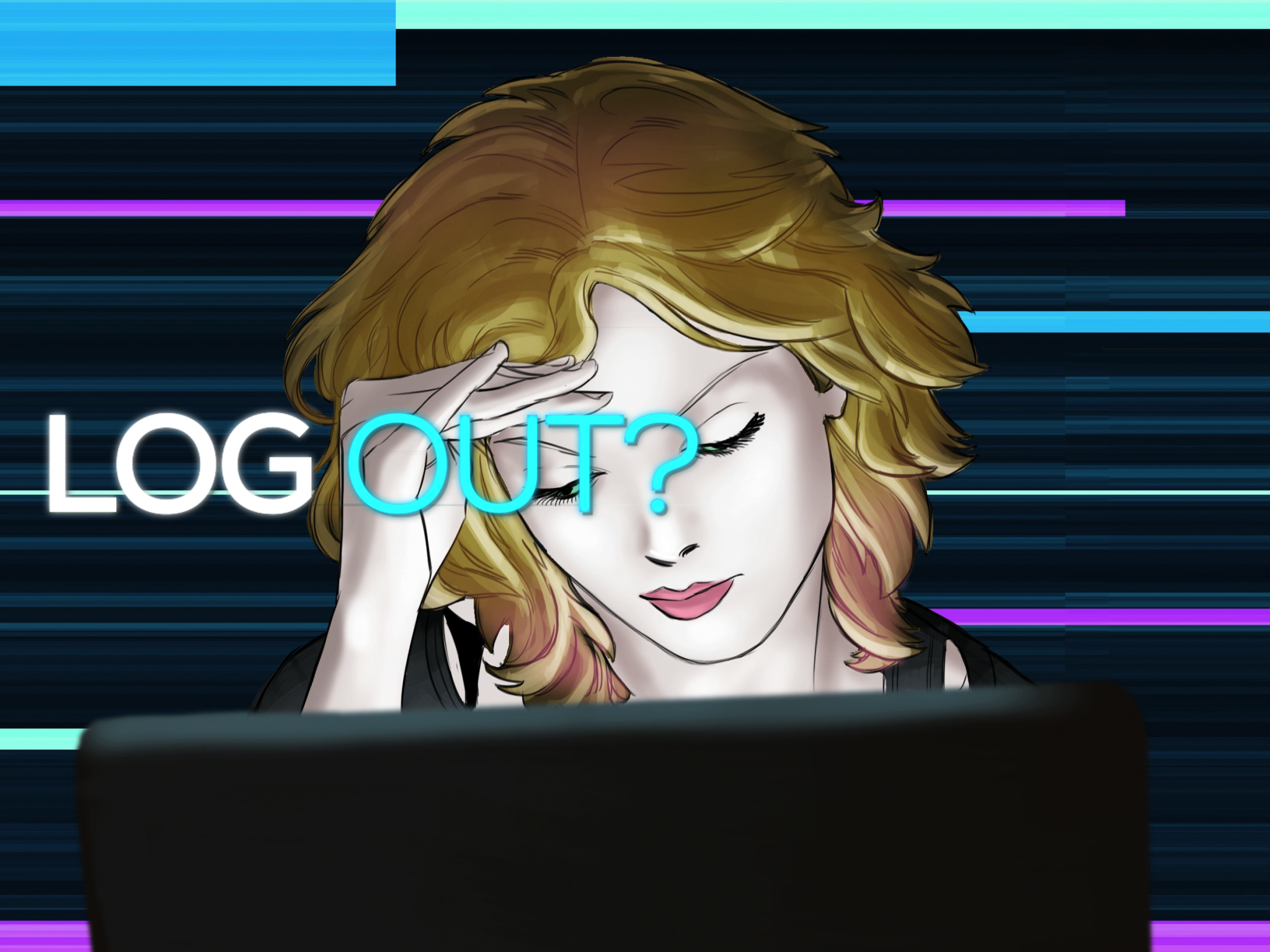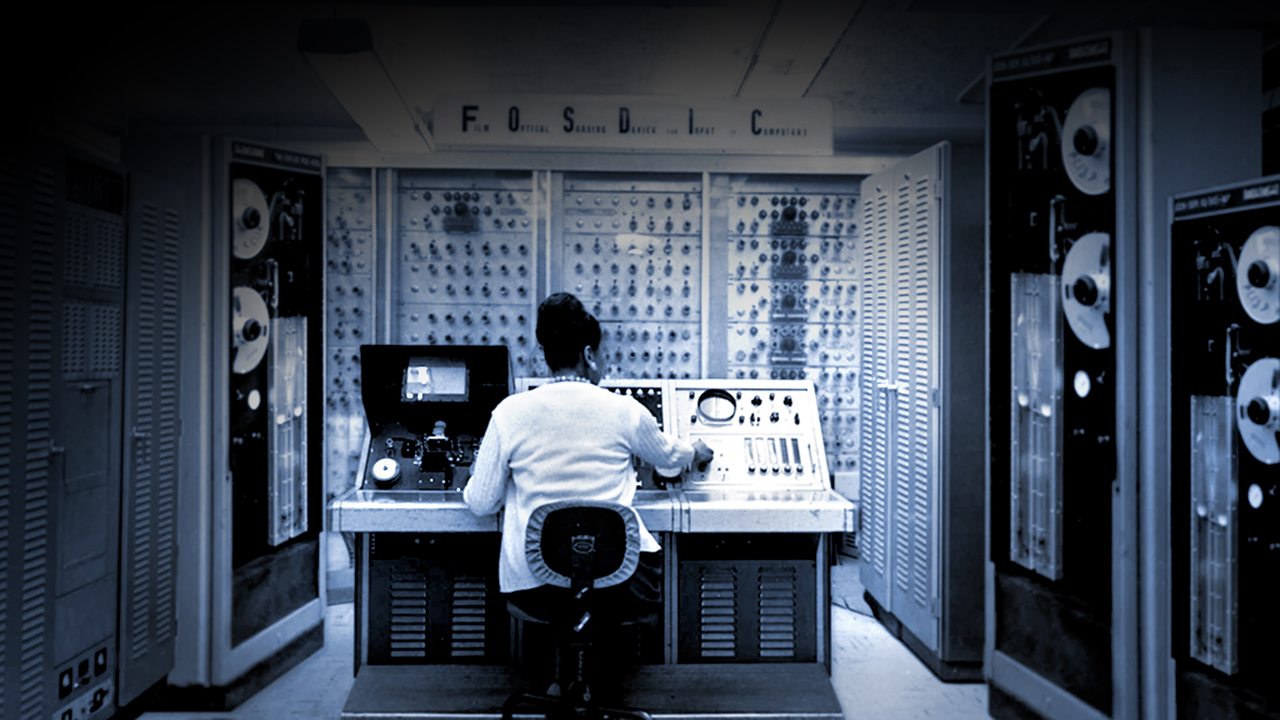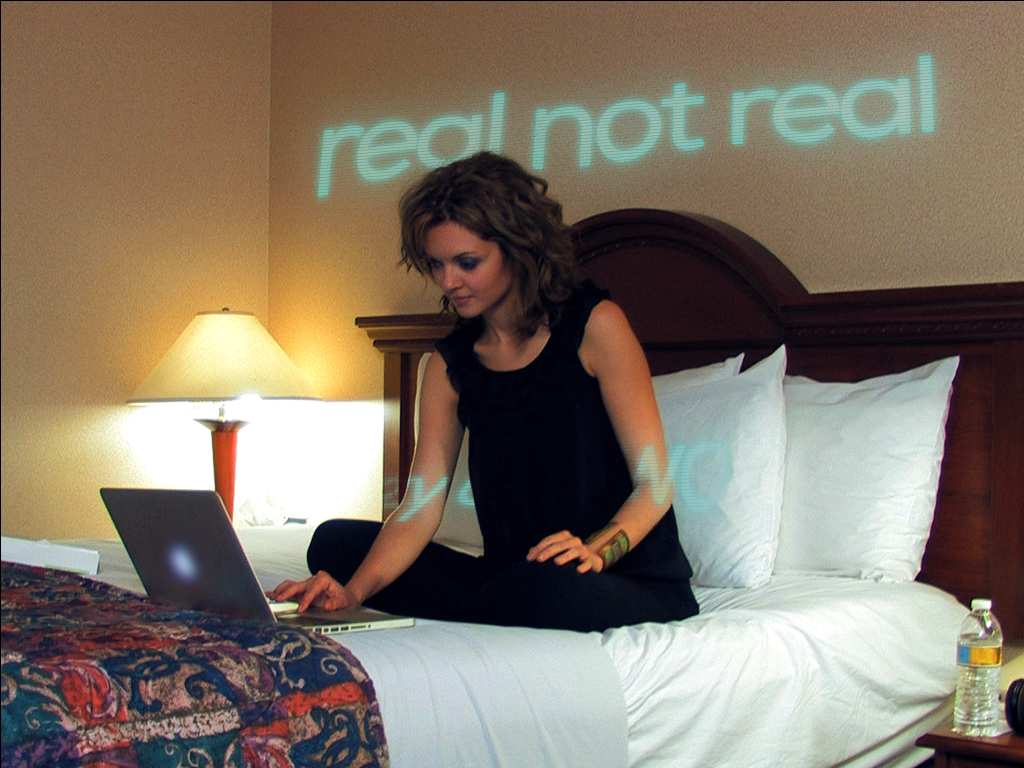What does it mean to live in two places simultaneously?
This is a question we could ask the teenager of generations passed who spent their social time on the telephone rather than at the five and dime. Electronic communication and then digital communication has allowed our voice and our imagination to travel elsewhere while the rest of our body remains rooted in place.
Virtual environments have opened this kind of cyberspace into an infinite world worth exploring. The power of the human imagination is arguably untapped, and by enabling a kind of shared hallucination, virtual environments also allow for genuine and often intimate interaction.
Thus the whole question of what is real, what is reality, becomes a broader debate that both defines our traditional understanding of physics, but also the language we use to describe where we are and what we’re doing.
Quantum physics interestingly enough is trying to keep up with this shifting perception of reality. The entanglement effect describes the bias of the observer, and the notion that we impact what we see, that what we see becomes real because we see it.
Thus what we experience is real because we have experienced it.
Dreamers have for centuries claimed that where they’ve travelled at night while asleep is as real as where they go when awake, yet those dreams up till now could not be shared. As the creative tools of the web and elsewhere become easier to use, the ability to share our dreams also increases in accessibility.
Take for example the young generation currently spending the bulk of their social time playing Minecraft. As a digital sandbox they can regularly construct their dreams and pursue their visions in close collaboration (and sometimes competition) with their peers. This cognitive ability will expand as they age, bringing with them a strong desire and affinity for digital sandboxes within which to create.
The challenge we face as a society is not how to virtualize our visions but rather how to materialize what we design and experience in virtual environments. How do we take the freedom and creative potential of the virtual and migrate or export it into the material reality we continue to prioritize.
“We tend to forget that when we are looking at a screen we are also still in our bodies. So this divide that we draw between the virtual and the real is illusory. Our experiences can be profoundly real even when they’re happening on a screen. And I’m not saying virtual on purpose, because even when we’re playing a game or seeing things on a screen, we are still in our bodies. Our bodies are still reacting and our minds are still reacting to the things we’re seeing and experiencing.”
Our bodies still breathe, still sleep, still embrace, kiss, and have a need for social interaction. We must not forget this in the euphoria of the virtual environment or the seduction of social media.
While we could attempt to dissolve the virtual into the real, let us instead embrace the balance between the two and understand how one can compliment the other, both as real as our ideas or our loves.














